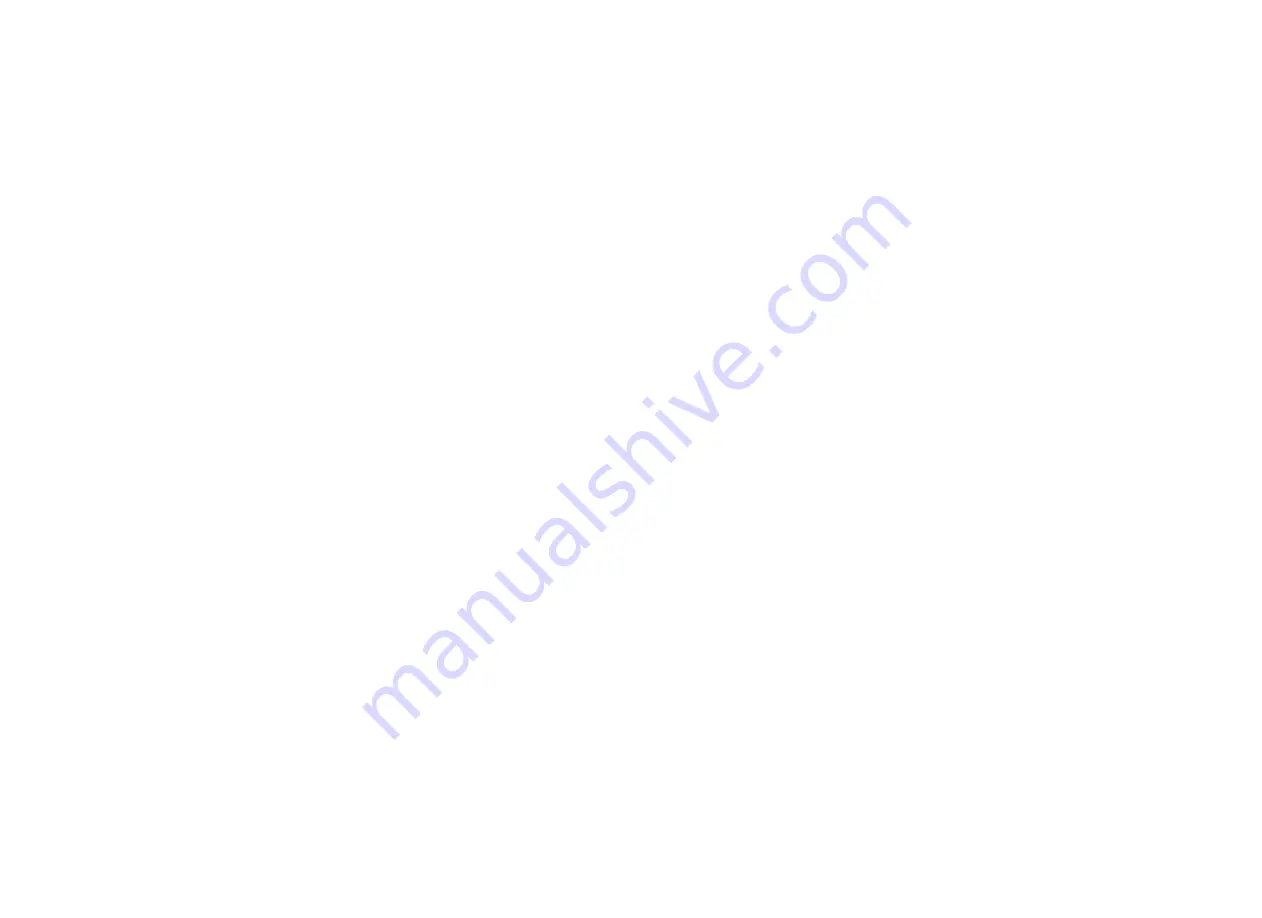
SECTION 8
CESSNA
HANDLING, SERVICE
MODEL 172RG
& MAINTENANCE
Engine runup also helps to eliminate excessive accumulations of
water in the fuel system and other air spaces in the engine. Keep fuel tanks
full to minimize condensation in the tanks. Keep the battery fully charged
to prevent the electrolyte from freezing in cold weather. If the airplane is to
be stored temporarily, or indefinitely, refer to the Service Manual for
proper storage procedures.
SERVICING
In addition to the PREFLIGHT INSPECTION covered in Section 4,
COMPLETE servicing, inspection, and test requirements for your airplane
are detailed in the Service Manual. The Service Manual outlines all items
which require attention at 50, 100, and 200 hour intervals plus those items
which require servicing, inspection, and/or testing at special intervals.
Since Cessna Dealers conduct all service, inspection, and test proce-
dures in accordance with applicable Service Manuals, it is recommended
that you contact your Cessna Dealer concerning these requirements and
begin scheduling your airplane for service at the recommended intervals.
Cessna Progressive Care ensures that these requirements are accomp-
lished at the required intervals to comply with the 100-hour or ANNUAL
inspection as previously covered.
Depending on various flight operations, your local Government
Aviation Agency may require additional service, inspections, or tests. For
these regulatory requirements, owners should check with local aviation
officials where the airplane is being operated.
For quick and ready reference, quantities, materials, and specifica-
tions for frequently used service items are as follows:
ENGINE OIL
GRADE AND VISCOSITY FOR TEMPERATURE RANGE --
The airplane was delivered from the factory with aviation grade
straight mineral oil. This oil should be drained after the first 25 hours
of operation, and the following oils used as specified for the average
ambient air temperature in the operating area.
MIL-L-6082 Aviation Grade Straight Mineral Oil: Use to replenish
I
supply during the first 25 hours and at the first 25-hour oil change.
Continue to use until a total of 50 hours has accumulated or oil
consumption has stabilized.
All temperatures use SAE 20W-50 or
Above 16°C (60°F) use SAE 50
8-10
1 July 1979
;CESSNA
SECTION 8
MODEL
172RG
HANDLING, SERVICE
& MAINTENANCE
-1°C (30°F) to 32°C (90°F) use SAE 40
-18°C (0°F) to 21°C (70°F) use SAE 30
Below -12°C (10°F) use SAE 20
MIL-L-22851 Ashless Dispersant Oil: This oil must be used after the
first 50 hours or oil consumption has stabilized.
All temperatures use SAE 20W-50 or
Above 16°C (60°F) use SAE 40 or SAE 50
-1°C (30°F) to 32°C (90°F) use SAE 40
-18°C (0°F) to 21°C (70°F) use SAE 40 or SAE 30
Below -12°C (10°F) use SAE 30
CAPACITY OF ENGINE SUMP -- 8 Quarts.
Do not operate on less than 5 quarts. To minimize loss of oil through
breather, fill to 7 quart level for normal flights of less than 3 hours. For
extended flight, fill to 8 quarts. These quantities refer to oil dipstick
level readings. During oil and oil filter changes, one additional quart is
required when the filter is changed.
OIL AND OIL FILTER CHANGE --
After the first 25 hours of operation, drain engine oil sump and oil
cooler and change the filter. Refill sump with straight mineral oil and
use until a total of 50 hours has accumulated or oil consumption has
stabilized; then change to dispersant oil. Drain the engine oil sump and
the oil cooler and change the filter each 50 hours thereafter. The oil
change interval may be extended to 100-hour intervals, providing the
oil filter is changed at 50-hour intervals. Change engine oil at least
every 6 months even though less than the recommended hours have
accumulated. Reduce intervals for prolonged operation in dusty areas,
cold climates, or when short flights and long idle periods result in
sludging conditions.
NOTE
During the first 25-hour oil and filter change, a general
inspection of the overall engine compartment is required.
Items which are not normally checked during a preflight
inspection should be given special attention. Hoses, metal
lines and fittings should be inspected for signs of oil and
fuel leaks, and checked for abrasions, chafing, security,
proper routing and support, and evidence of deterioration.
Inspect the intake and exhaust systems for cracks., evi-
dence of leakage, and security of attachment. Engine
controls and linkages should be checked for freedom of
movement through their full range, security of attachment
and evidence of wear. Inspect wiring for security, chafing,
burning, defective insulation, loose or broken terminals,
heat deterioration, and corroded terminals. Check the
alternator belt in accordance with Service Manual instruc-
tions, and retighten if necessary. A periodic check of these
1 July 1979
8-11
















































